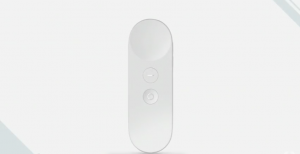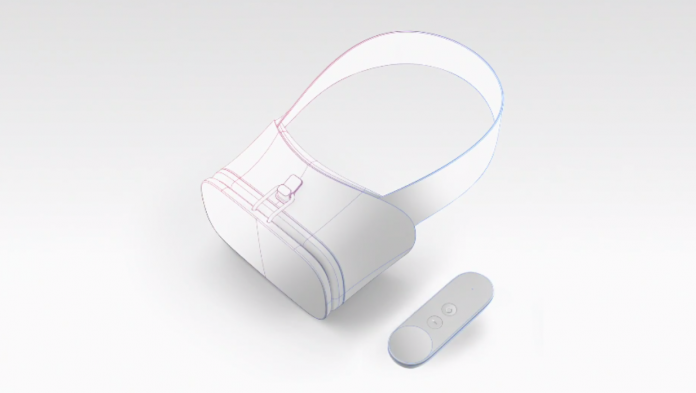Google I/O 2016 had been much anticipated, and it was evident from the amount of comments that accumulated on the YouTube page of the live feed before the event had started. But from what was spoken in those comments about possible reveals it was clear that no one suspected that Google had a whole new head-mounted display (HMD) that would combine best features of the Google Cardboard and its top competitor Samsung Gear VR, resulting in the arrival of Google Daydream.
Google has moved past the stage of experimentation with its Google Cardboard, which has done a world of wonders for virtual reality (VR) in the spirit of spreading a taster of what consumers can expect with the new tech coming their way. Google Daydream has now been presented as Cardboard’s superior evolution, and it certainly poses a threat to the mobile-based HMDs already established. What Google’s advantage boils down to is the combination of its versatility and reputation – something no other mobile HMD has a balance of.
Google’s reputation is spoken for by the popularity and worldwide availability of the Cardboard, and has sparked interest through its novelty, straight-out-the-packet quality – take the McDonalds, Coca Cola, and Kellogg’s as prime examples of the exploitation of its novelty. The only other VR hardware competitors who are on the same level of reputation are Oculus VR, HTC, and Sony Interactive Entertainment (SIE), with Oculus VR being the only one listed to have a mobile HMD. This takes us to the second ingredient of Google Daydream’s potential success: versatility. The Samsung Gear VR, powered by Oculus, is limited to its own products and is therefore limited in accessibility to a large portion of its market by being compatible with only the Samsung Galaxy S6 or Note 5 and above. Google Daydream is not restricted by what type of mobile phone you use – unless it doesn’t support VR or isn’t powered by Android.
The inclusion of the controller with the HMD makes the VR bundle a well-rounded piece of kit and eliminates the laborious task of trying to look through a sea of controllers. Although the accessory is free, it shouldn’t be cast aside like a pair of free earbuds. It still seems to be a thought out piece of hardware with its simplicity in design, mimicking the user-friendly nature of a Wii Remote and even Oculus’ remote. The controller doesn’t necessarily possess the same range of freedom and movement as those previously stated, but it doesn’t seem as though it needs that extra push for the type of content it will have.

The partners already on board with Google’s Daydream warrants excitement in itself as big videogame names such as EA Games and CCP Games, as well as the more VR-centric names including nDreams and MinorityVR, meaning there will be a solid selection of titles to come to the HMD. This is no doubt the biggest tip towards the success of the hardware, and with Google still open to more partnerships it is going to be hard to ignore the lure.
With the arrival of Daydream it doesn’t necessarily mean a revolution of the mobile HMD market, but it may mean an increased amount of tension within it now that Google is stepping up its game and stepping on Oculus VR’s toes. Now that the release date has been revealed, the clock is ticking and only time will tell how much popularity Daydream can summon now that it isn’t seen as the makers of the least effective HMD on the market.















